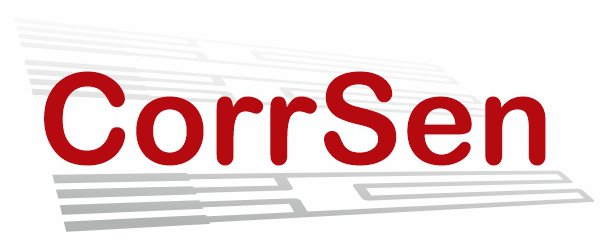Design
This design used allows recording three real-time corrosion rate curves simultaneously to increase measurement accuracy and statistical value.
For each material, sensors of different thicknesses are available.
- Thin highly-sensitive sensors detect corrosion rate in mild low-corrosive indoor environments
- Thick sensors with long lifetime are suitable for the measurements under aggressive indoor conditions and ourdoors.
Sensors available
| Indoor | Outdoor | |||
|---|---|---|---|---|
| Iron/carbon steel | 25 µm | 50 µm | 250 µm | |
| Zinc | 50 µm | 250 µm | ||
| Aluminium | 500 nm | 20 µm | ||
| Copper | 500 nm | 12 µm | ||
| Silver | 500 nm | |||
| Lead | 400 nm | 25 µm | ||
Sensors made of other materials may be manufactured on request.
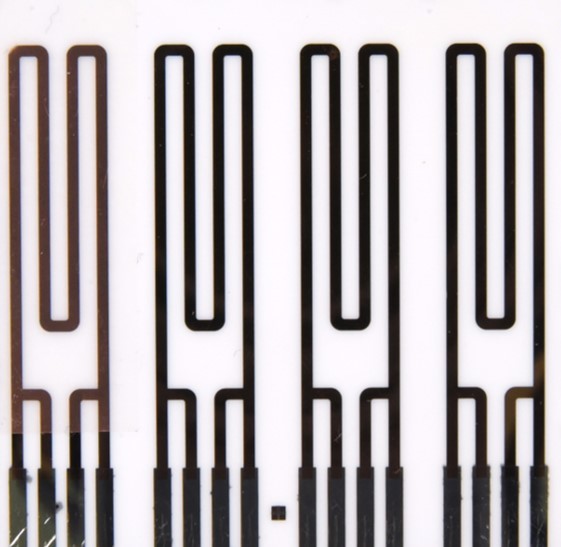
Highly-sensitive copper 500 nm sensor for indoor application
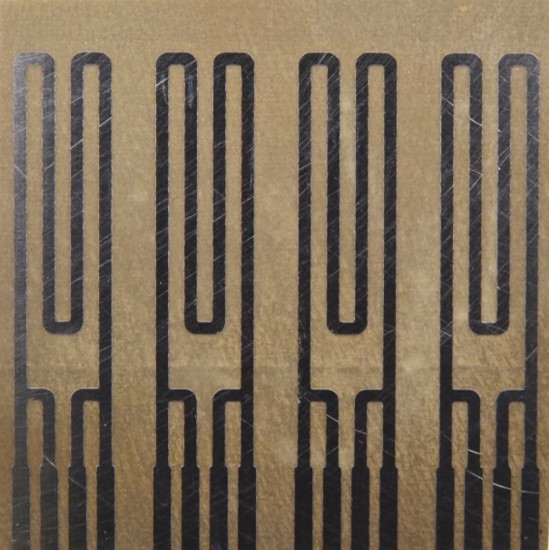
Iron 50 µm sensor for outdoor and highly corrosive indoor environments
Special sensor solutions

Pre-corroded sensors
Pre-corroded sensors which reflect corrosion behavior of pre-exposed materials, for example historical objects. Pre-exposition is carried out using different procedures to form corrosion products of various composition.
Pre-treated sensors
Pre-treated sensors to monitor corrosivity of materials with surface pre-treatment including phosphating, chromating, sealing and passivation.
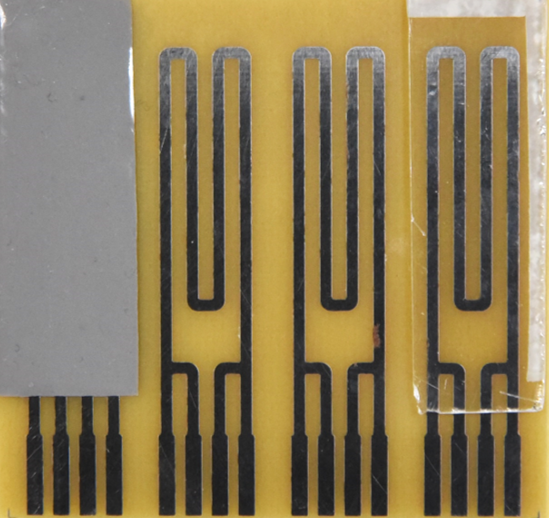
Crevice sensors
Crevice sensors with one measuring part covered with inert material to create a crevice of the defined width for the comparison with open surface corrosion behavior
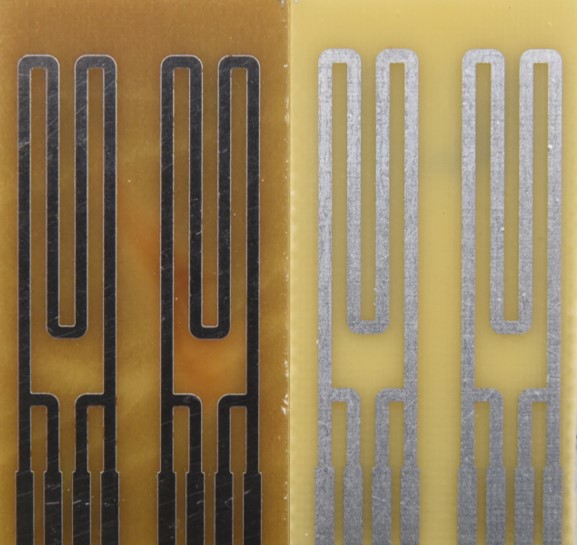
Multimaterial sensors
Multimaterial sensors to measure corrosion rate of two different materials simultaneously. These sensors can be used particularly to assess the atmospheric corrosivity according to ISO 11844 and ISO 9223 standards. Material combinations of 500 nm copper/silver for indoor applications and 50 µm iron/zinc for outdoor applications are available.
Flexible sensors
Flexible sensors placed on a flexible inert substrate. These sensors are produced for CorrSen-D logger only and are primarily intended for corrosion monitoring of pipes under insulation.
